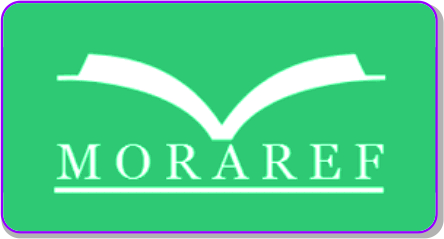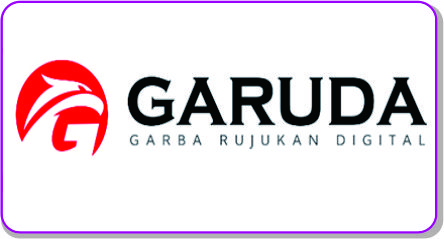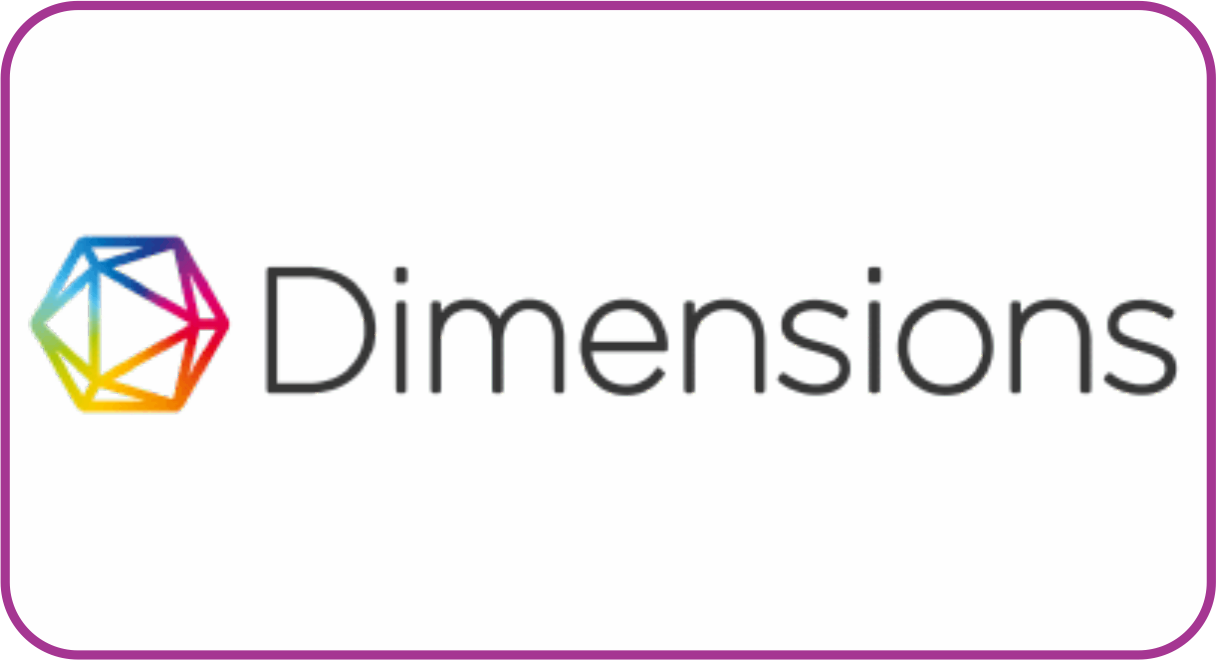An Investigation Of Best Practice On Students' Mathematical Communication Using Presentation Boards
DOI:
https://doi.org/10.30983/lattice.v4i2.8673Keywords:
Best practice, Mathematical communication, Presentation boardsAbstract
Tulisan ini merupakan best practice yang dilakukan di SMA Model Madani Palu. Sebelumnya alur pembelajaran yang dilakukan yaitu mengerjakan tugas dibuku, menuliskan di papan tulis dan dan mempresentasikan dengan membacakan hasilnya. Kemudian ditemukan media papan presentasi yang sederhana dan inovatif. Selain itu biaya untuk membuat papan presentasi relative murah. Media ini dapat dipergunakan berulang-ulang karena ditulis dengan spidol dan dapat dihapus. Metode yang dilakukan, siswa menuliskan pekerjaannya pada papan presentasi. Penggunaan media ini dapat menggali komunikasi matematis siswa, karena siswa terlatih menyampaikan dan menuliskan langsung hasil yang diperoleh. Hal ini diperkuat berdasarkan hasil pengisian angket bahwa penggunaan papan presentasi (1) dapat memotivasi siswa sehingga terlibat dalam menjawab soal atau selama kegiatan pembelajaran di kelas, (2) memberanikan diri tampil kerja/tugas yang diberikan di kelas, (3) merasa tertantang untuk mengerjakan tugas matematika yang diberikan karena kolaborasi (4) Menyelesaikan tugas-tugas dalam pembelajaran ini membuat siswa merasa puas terhadap hasil yang mereka capai, (5) Siswa terlibat aktif dalam kelompok, (6) berani menyampaikan ide gagasan secara tertulis dan lisan dan(7) melakukan suatu hal lebih detailsi.
This study aims to investigate the best practice of mathematical communication carried out at SMA Model Madani Palu. In mathematical communication, the learning flow was conducted by doing assignments in books, writing on the board, and presenting the results through reading. Then, a media in the form of presentation board which is simple and innovative was found. In addition, the cost of making a presentation board is relatively cheap. This media can be used repeatedly because it is written with erasable markers. The method used, students write their work on the presentation board The use of this media is expected to be able to explore students' mathematical communication as they are trained to convey and write down the results obtained directly on it. This statement is reinforced by the results of the questionnaire that was disseminated in this study. From this study, it was found that the use of a presentation board (1) can motivate students to be involved in answering questions or during learning activities in class, (2) make students to be braver to perform work/assignments given in class, (3) challenge students to work on the given collaborative mathematical assignments, (4) make students feel satisfied by completing the assignments, (5) involve students in a group, (6) make students dare to convey ideas in writing or orally, and (7) encourage students to do something more detailed.
References
B. s. Miller, “The 6Cs Squared Version of Education in the 21st Century.”
M. Anugerahwati, “Integrating the 6Cs of the 21st Century Education into the English Lesson and the School Literacy Movement in Secondary Schools,” KnE Soc. Sci., vol. 3, no. 10, p. 165, 2019, doi: 10.18502/kss.v3i10.3898.
OECD, PISA 2022 MATHEMATICS FRAMEWORK (DRAFT). 2018.
B. Chen, Yuelan., He, Xiaoyan., Xu, “The Development of Communication in Chinese Mathematics Curricula,” in Beyond Shanghai and PISA Cognitive and Non-cognitive Competencies of Chinese Students in Mathematics, X. Xu, Biyan., Zhu, Yan., Lu, Ed., Switzerland: Springer Nature Switzerland AG, 2021, pp. 235–253. doi: https://doi.org/10.1007/978-3-030-68157-9.
B. Wilson, “Mathematical Communication through Written and Oral Expression,” J. Math. Educ., vol. 23, no. 3, pp. 122–134, 2009.
D. T. Utari, D. P. Utomo, and Z. Zukhrufurrohmah, “Effectiveness of the application of Quantum Learning Model in terms of students’ written mathematical communication skills,” Math. Educ. J., vol. 4, no. 2, pp. 177–186, 2020, doi: 10.22219/mej.v4i2.12228.
D. P. Utomo and D. L. Syarifah, “Examining mathematical representation to solve problems in trends in mathematics and science study: Voices from Indonesian secondary school students,” Int. J. Educ. Math. Sci. Technol., vol. 9, no. 3, pp. 540–556, 2021, doi: 10.46328/IJEMST.1685.
D. Tiwow, V. Wongkar, N. O. Mangelep, and E. A. Lomban, “Pengaruh Media Pembelajaran Animasi Powtoon Terhadap Hasil Belajar Ditinjau dari Minat Belajar Peserta Didik,” J. Focus Action Res. Math. (Factor M), vol. 4, no. 2, pp. 107–122, 2022, doi: 10.30762/factor_m.v4i2.4219.
N. O. Mangelep, “Pengembangan Website Pembelajaran Matematika Realistik Untuk Siswa Sekolah Menengah Pertama,” Mosharafa J. Pendidik. Mat., vol. 6, no. 3, pp. 431–440, 2018, doi: 10.31980/mosharafa.v6i3.331.
I. Magdalena, A. Fatakhatus Shodikoh, A. R. Pebrianti, A. W. Jannah, I. Susilawati, and U. M. Tangerang, “Pentingnya Media Pembelajaran Untuk Meningkatkan Minat Belajar Siswa Sdn Meruya Selatan 06 Pagi,” Ed. J. Edukasi dan Sains, vol. 3, no. 2, pp. 312–325, 2021.
D. H. Tong, B. P. Uyen, and N. V. A. Quoc, “The improvement of 10th students’ mathematical communication skills through learning ellipse topics,” Heliyon, vol. 7, no. 11, p. e08282, 2021, doi: 10.1016/j.heliyon.2021.e08282.
A. Sfard, Thiking As Communicating Human Development, the Growth of Discourses, and Mathematizing. CAMBRIDGE UNIVERSITY PRESS, 2008.
Abraham Arcavi, “the Role of Visual Representations in the Learning of Mathematics,” Educ. Stud. Math., vol. 103, no. 3, pp. 239–248, 2003.
M. M. David and V. S. Tomaz, “The role of visual representations for structuring classroom mathematical activity,” Educ. Stud. Math., vol. 80, no. 3, pp. 413–431, 2012, doi: 10.1007/s10649-011-9358-6.
I. Lavie, A. Steiner, and A. Sfard, “Routines we live by: from ritual to exploration,” Educ. Stud. Math., vol. 101, no. 2, pp. 153–176, 2019, doi: 10.1007/s10649-018-9817-4.
Downloads
Submitted
Accepted
Published
Issue
Section
License
Copyright (c) 2024 Luddy Bambang Sasongko, Rita Lefrida

This work is licensed under a Creative Commons Attribution-ShareAlike 4.0 International License.
Authors who publish with Lattice Journal : Journal of Mathematics Education and Applied agree to the following terms: Authors retain copyright and grant the Lattice Journal : Journal of Mathematics Education and Applied right of first publication with the work simultaneously licensed under a Creative Commons Attribution License (CC BY-SA 4.0) that allows others to share (copy and redistribute the material in any medium or format) and adapt (remix, transform, and build upon the material) the work for any purpose, even commercially with an acknowledgement of the work's authorship and initial publication in Lattice Journal : Journal of Mathematics Education and Applied. Authors are able to enter into separate, additional contractual arrangements for the non-exclusive distribution of the journal's published version of the work (e.g., post it to an institutional repository or publish it in a book), with an acknowledgement of its initial publication in Lattice Journal : Journal of Mathematics Education and Applied. Authors are permitted and encouraged to post their work online (e.g., in institutional repositories or on their website) prior to and during the submission process, as it can lead to productive exchanges, as well as earlier and greater citation of published work (See The Effect of Open Access).








